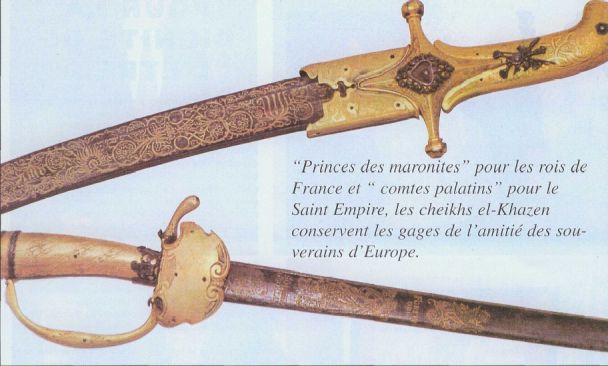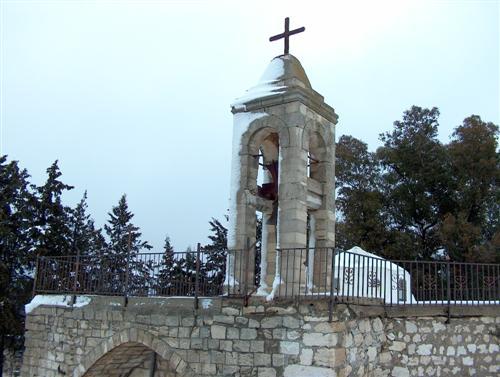
by In an industry beset by trends, Château Musar, an 87-year-old Lebanese wine producer, has garnered a cult following. It’s the only Middle Eastern wine offered by Thomas Keller’s legendary French Laundry restaurant in Yountville, California, and it displays prominently at New York City’s Rouge Tomate. Manhattan’s Terroir Tribeca has a dedicated section titled, “All Hail the Almighty Château Musar.” When winemaker Serge Hochar died unexpectedly in December 2014, he was mourned in almost every major wine publication. How did Château Musar become the sole Middle Eastern producer to earn a spot on the international stage of wine icons?
The Beirut-based Château Musar, founded in 1930 by Gaston Hochar, initially burst onto the international scene in 1979, when it dazzled attendees of the Bristol Wine Fair under the helm of Gaston’s son, Serge. A British favorite thereafter, it didn’t gain acclaim in the U.S. until around 2000, when sommeliers and wine lovers alike began clamoring for the non-interventionist, natural bottles of red, white, and rosé Château Musar. While the key to Château Musar’s success is by no means singular, a simple reality set it up for success: It was available and actively marketed outside of Lebanon.
“The family’s foresight to sell the wines internationally and Serge’s very eloquent championing of them certainly has a lot to do with [the winery’s popularity],” says Christy Frank, wine buyer of Copake Wine Works in Copake, New York. For Musar’s first 40 years, the wine was largely consumed in its home country, but the 1972 onset of civil war almost eliminated that market. Serge, who continued to produce wine throughout the 20-year war, made a strong push for Château Musar in international markets.
But something caused wine professionals to fall head over heels for what was inside the Musar bottles and, counterintuitively, it was exactly what could have caused sommeliers to turn their heads in disgust: the unique, funky, savory, volatile, complex character of the wine.
“When you stuck your schnozz in a glass of Musar, there was no other wine on the planet Earth that tasted like it,” notes Paul Grieco, proprietor of Terroir Tribeca and Terroir on the Porch in New York. These were no ordinary wines. They were unusual and animalistic, dominated by non-fruit and earth, and until recent years, the “flawed” compounds of volatile acidity and brettanomyces. While many would call them pleasurable, few would call them approachable.






